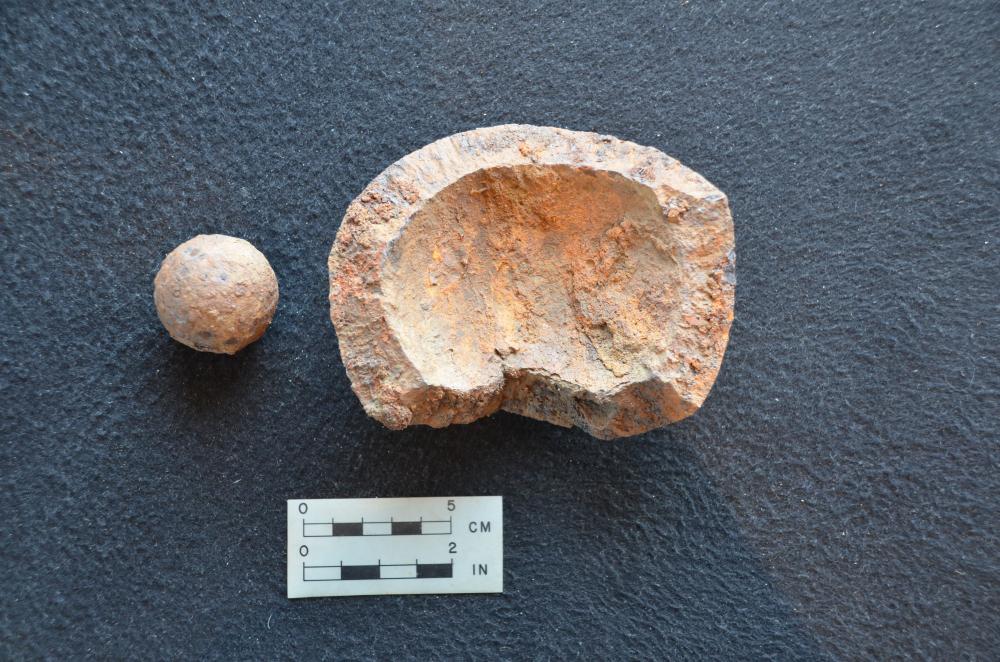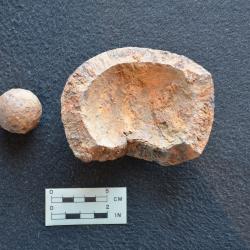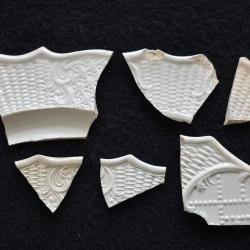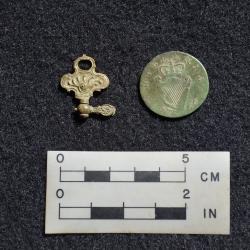New acquisition: archaeological collection resulting from 3 field seasons at Lake George Battlefield Park

The NYSM Historical Archaeology Collections now includes artifacts from the 2014, 2015 and 2016 excavations at the Lake George Battlefield Park in Lake George, New York. David Starbuck, who conducted the first professional archaeology in the park in 2000 and 2001 (the artifacts recovered during these years are also curated at the NYSM), led this more recent fieldwork as well. Understanding the many French & Indian War and American Revolution battles and occupations at this site was the primary objective of the archaeological investigations. The ruins found within the park are perhaps among the last of the relatively-untouched sites situated along the historic 18th-century military corridor that runs from present-day New York City to the Canadian border.
The curation of these collections at the NYSM allows for greater access to the artifacts and associated material from these multi-year scientific excavations, facilating further study and knowledge of this important era in New York and pre-United States history.






